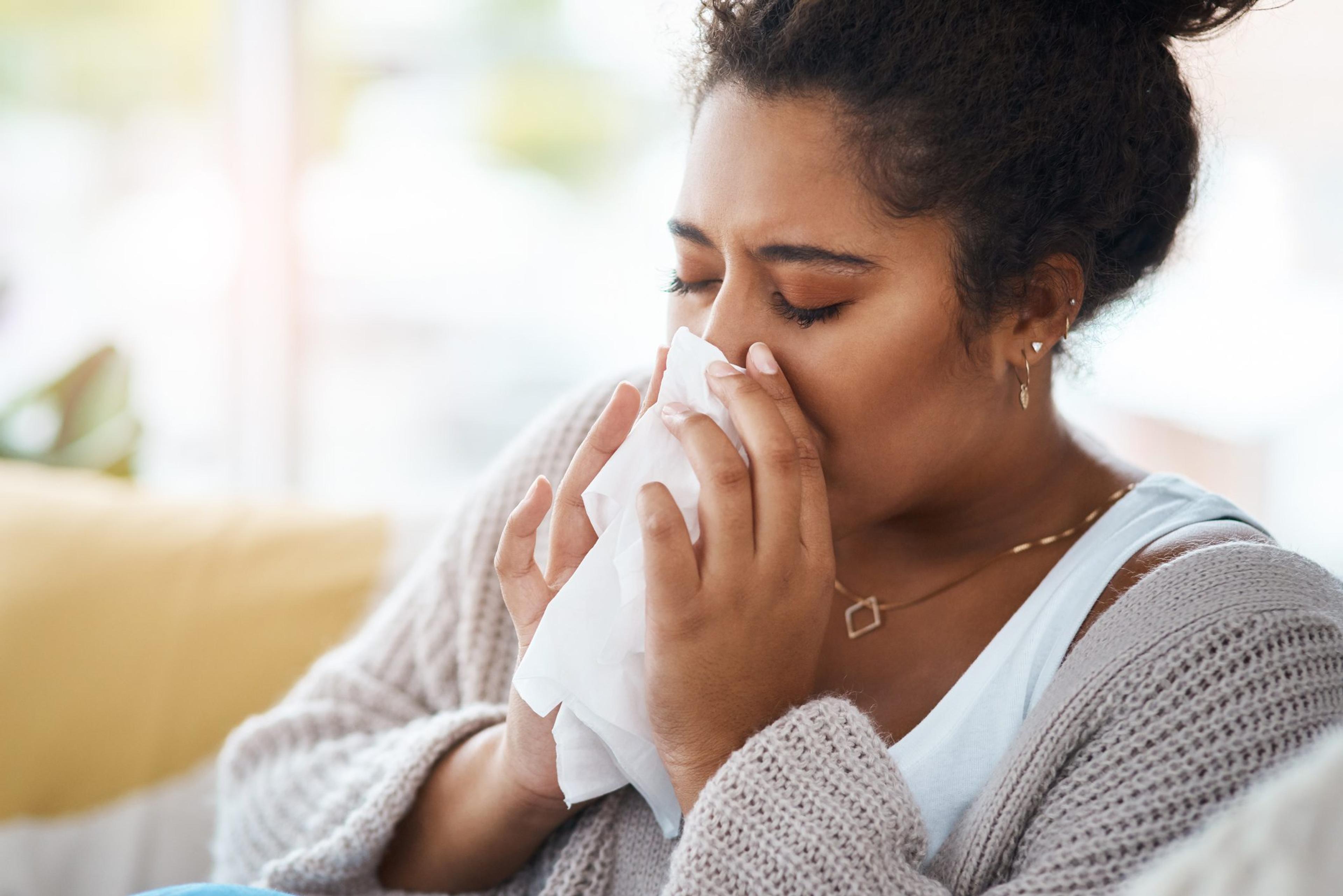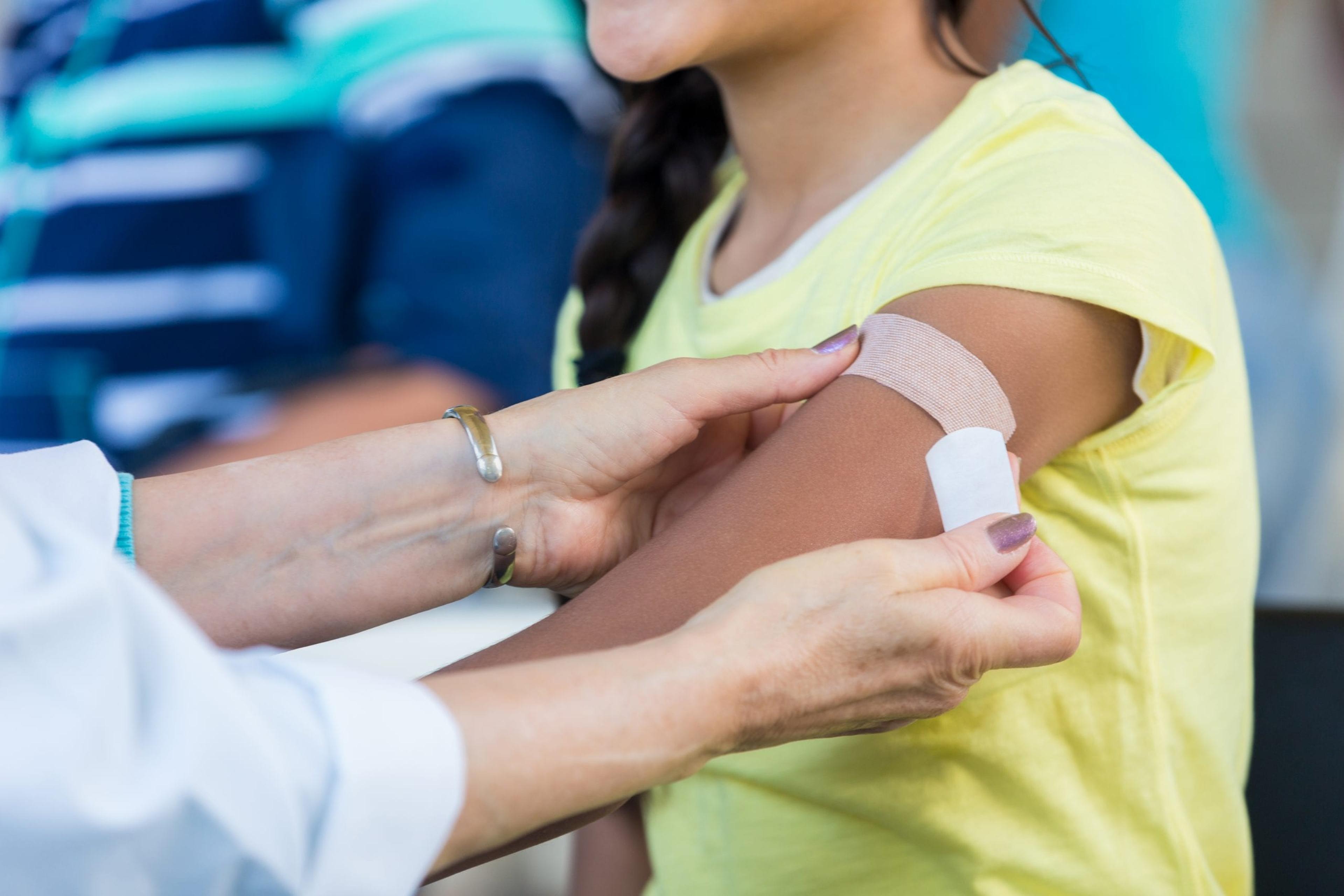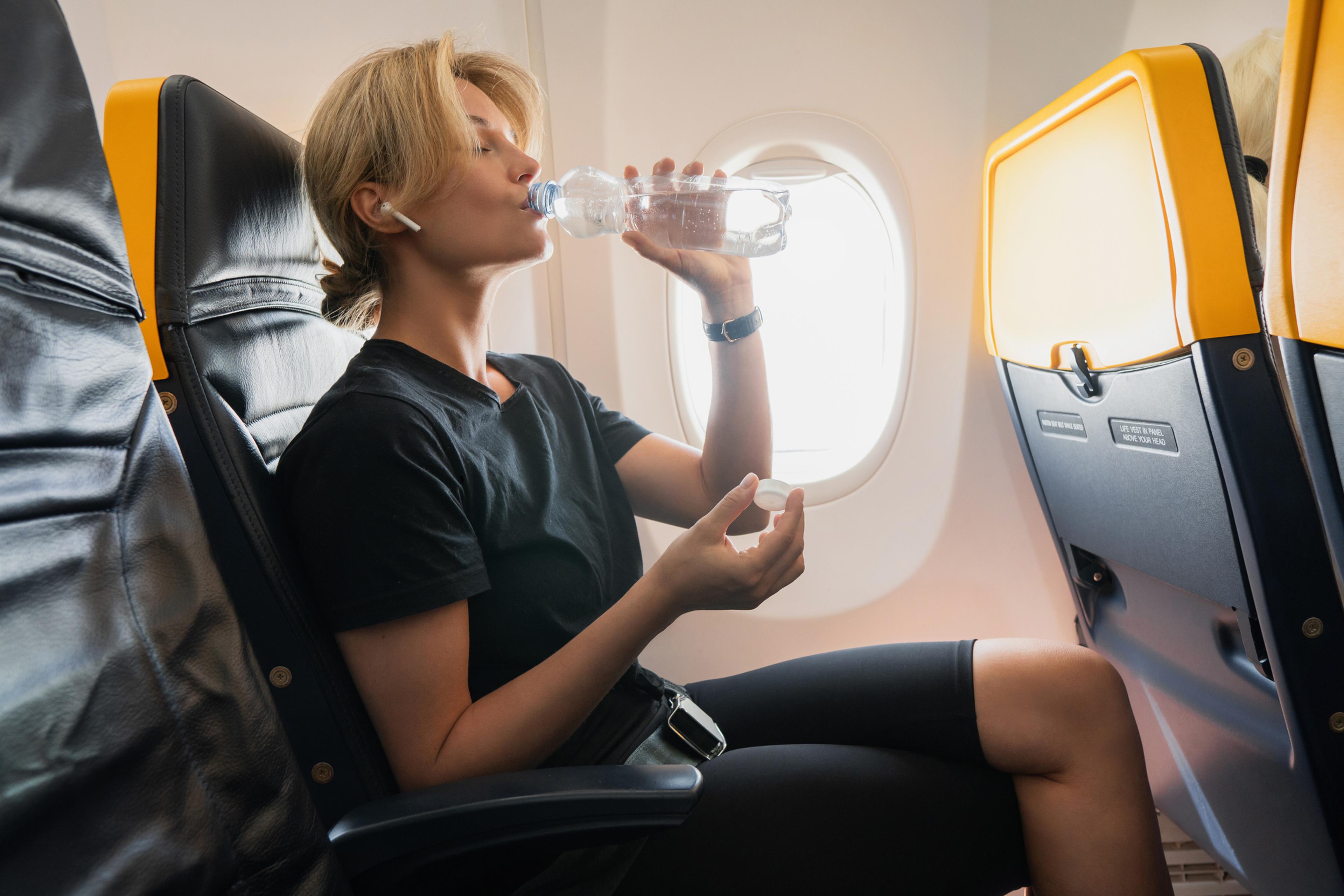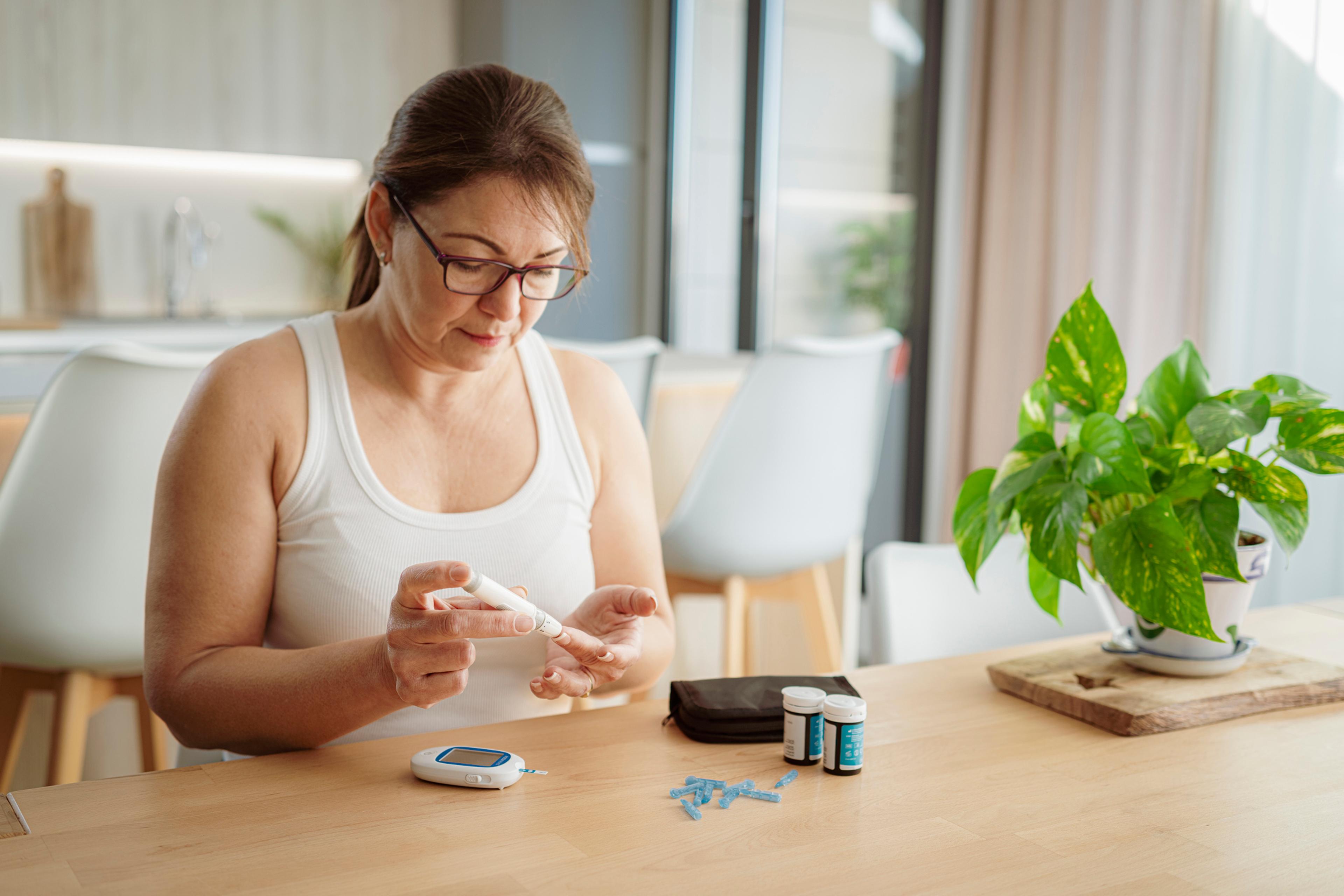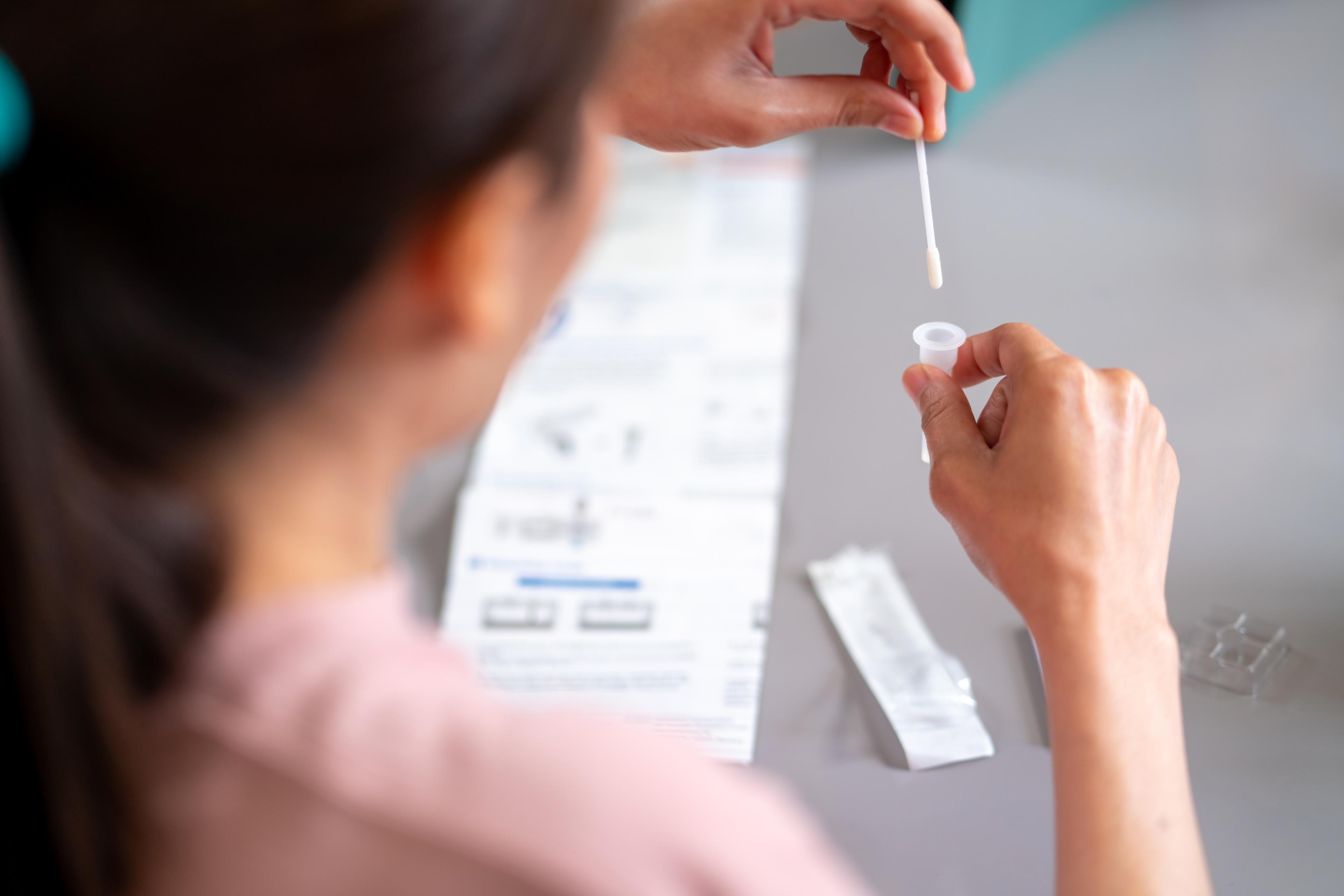How to Use At-Home COVID-19 Test Kits
Amy Barczy
| 4 min read
Amy Barczy is a former brand journalist who authored...

Testing for COVID-19 is an important part of reducing the spread of the virus, in combination with getting vaccinated, wearing a mask and physical distancing. At-home tests have become increasingly popular. Each household can order four tests from www.covidtests.gov to be delivered directly to you, or they can be purchased from many pharmacies and retailers. Make sure the test you’re purchasing has been authorized by the Food and Drug Administration. At-home tests are also known as rapid tests. Kits typically have two tests per box and cost between $15 and $25. The typical turnaround time for an at-home test result is 15 minutes. Most at-home tests are antigen tests, which are most effective when someone is very symptomatic and has a lot of the virus in their system.
When to test at home
- If you have symptoms of COVID-19
- If you have been exposed or potentially exposed to someone with COVID-19
- Before gathering indoors with others, even if you don’t have symptoms or have a known exposure
- If you are testing to safely attend an event, test as close as possible to the event you’ll attend.
Testing before gathering with unvaccinated children, older adults, those who are immunocompromised or those at risk of severe disease is especially important.
How to conduct an at-home test
Most at-home test kits are easy to use. Follow the instructions carefully to get accurate results. Start by disinfecting the surface where you’ll open the kit. Wash your hands with soap and water or use hand sanitizer before getting started. Most at-home kits use a nasal swab. Here’s the general process to follow:
- Remove the swab from the package. Do not touch the soft end with your hands or anything else.
- Insert the entire soft end of the swab into your nostril according to the instructions or until you feel resistance.
- Slowly rotate the swab, gently pressing against the inside of your nostril at least four times for a total of 15 seconds. Get as much nasal discharge as possible on the soft end of the swab.
- Gently remove the swab.
- Using the same swab, repeat steps 2-4 in your other nostril with the same end of the swab.
- Follow remaining instructions to obtain test results.
If you test positive
If your at-home test is positive, you likely have an active infection. You should inform people you’ve been in close contact with and isolate from others for at least five days. The Centers for Disease Control and Prevention recommends an isolation period of at least 10 and up to 20 days for people who were severely ill with COVID-19 and for people with weakened immune systems. Wear a mask if you have contact with others. If you have symptoms, monitor them closely and seek medical attention if you have warning signs like difficulty breathing.
If you test negative
If your at-home test is negative, you may be at a low risk of spreading disease – but it does not rule out an infection. You may need to test yourself again – at least two or more tests with at least 24 hours in between. If you are testing to safely attend a gathering, test as close as possible to the date of the event. This will ensure you are at the lowest risk possible of spreading disease.
At-home test reimbursement for Blue Cross, BCN members
Blue Cross Blue Shield of Michigan and Blue Care Network members can receive reimbursement for at-home tests purchased after Jan. 15, 2022. Find reimbursement information at bcbsm.com/coronavirus. As of Feb. 1, 2022, eligible members with Blue Cross or Blue Care Network pharmacy coverage can obtain at-home tests at no-cost from Walmart, Sam’s Club and Rite Aid pharmacies. The tests must be obtained at the pharmacy counter and members must present their Blue Cross or BCN ID card. Learn more here. More from MIBluesPerspectives:
Photo credit: Getty Images

